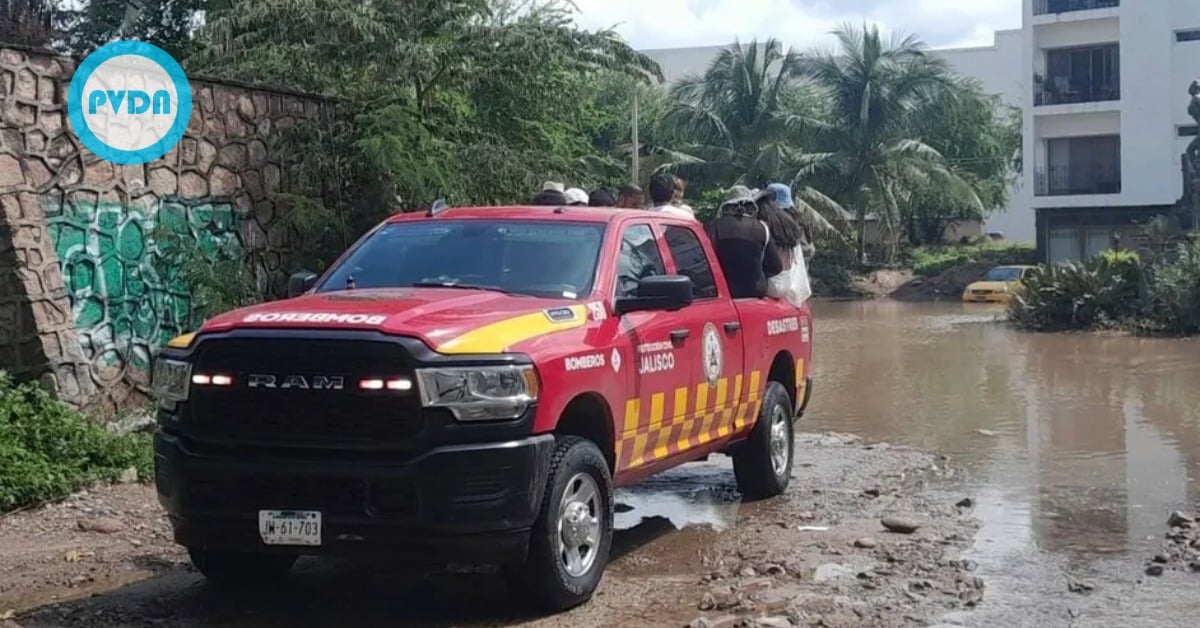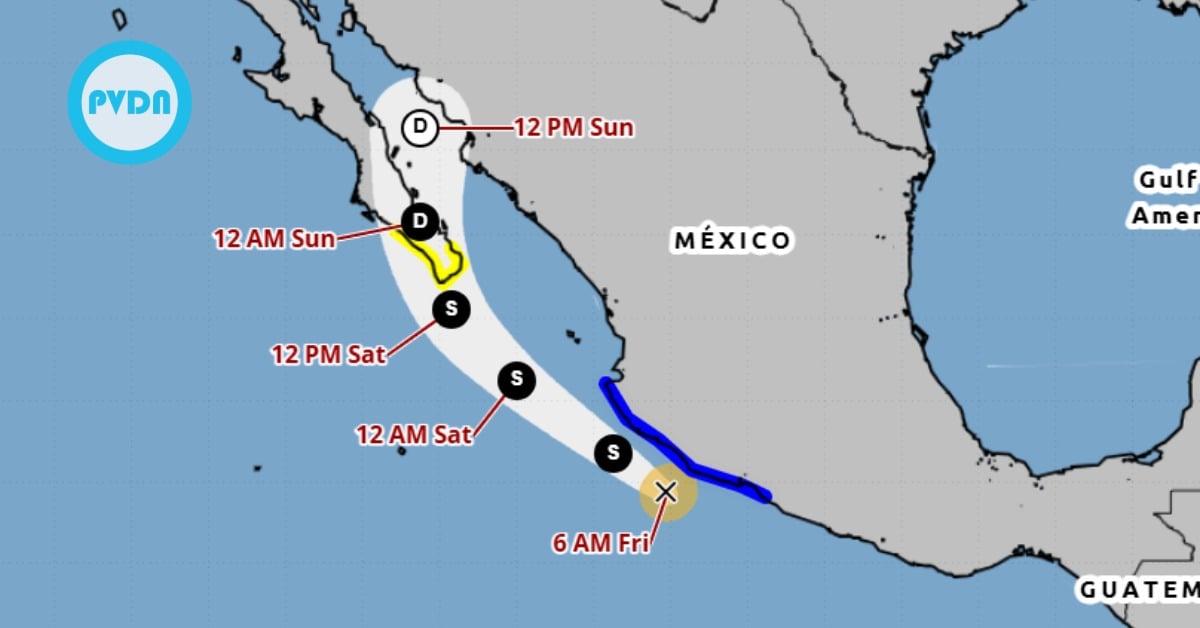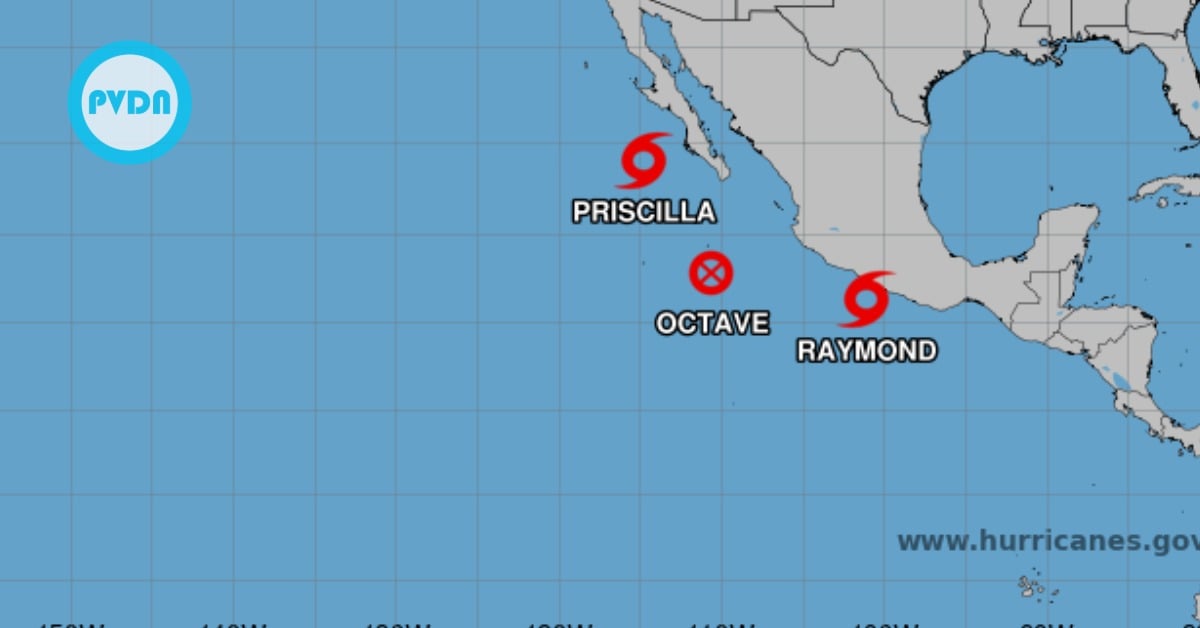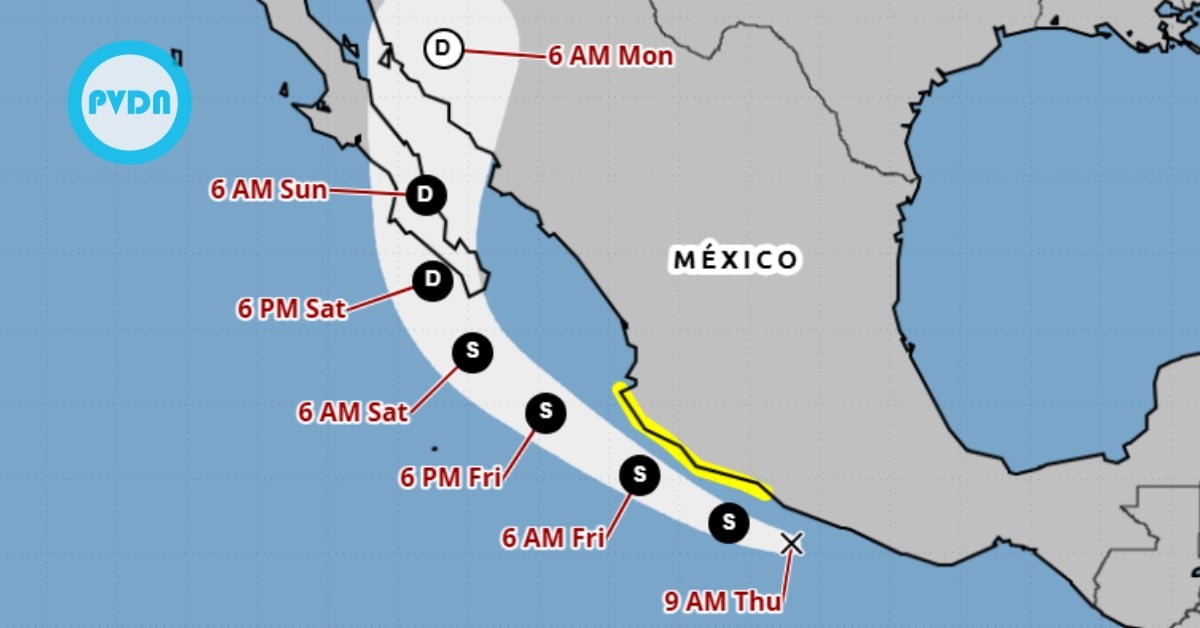This time, it's a hotter, waterier, wilder Earth that world leaders are trying to save. The last time that the nations of the world struck a binding agreement to fight global warming was 1997, in Kyoto, Japan. As leaders gather for a conference in Paris on Monday to try to do mor…





